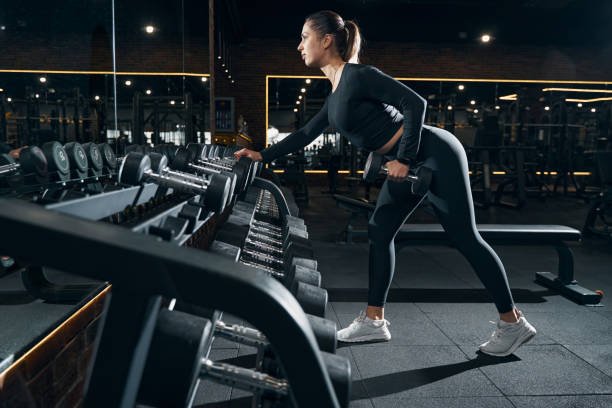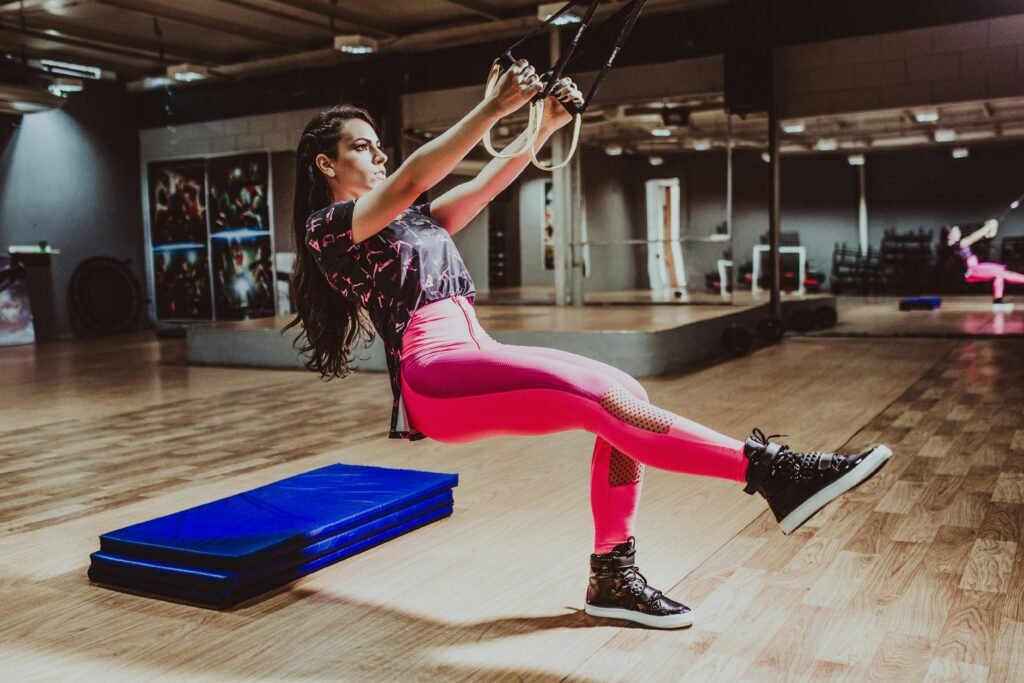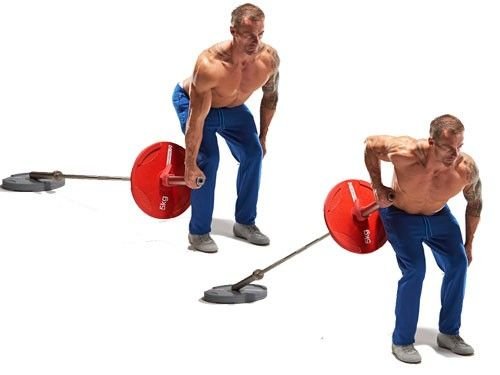Introduction to Horizontal Pull Exercises
What are horizontal pull exercises?
Horizontal pull exercises involve pulling a weight or resistance towards your torso in a horizontal plane. These exercises are designed to target the upper and middle back muscles, including the rhomboids, trapezius, latissimus dorsi, and rear deltoids. Unlike vertical pulls such as pull-ups, horizontal pulls focus on a different plane of movement that is crucial for balanced back development and overall upper body strength.
Benefits of this Exercises
Incorporating horizontal pull exercises into your workout routine offers several benefits. Firstly, they are excellent for improving posture by strengthening the muscles that retract the shoulder blades. Consequently, this helps counteract the effects of prolonged sitting and poor posture. Additionally, these exercises enhance upper-body strength, which is essential for both aesthetic goals and functional performance. Moreover, they play a key role in injury prevention by improving back stability and muscle balance. Lastly, horizontal pulls can significantly boost athletic performance in sports that require upper-body strength and coordination.
Top Horizontal Pull Exercises for a Stronger Back
Bent-Over Rows

Bent-over rows are a fundamental exercise for targeting the back muscles. To perform them:
- Stand with your feet shoulder-width apart and hold a barbell or dumbbells with an overhand grip.
- Bend at your hips and knees, keeping your back straight and your torso nearly parallel to the floor.
- Pull the weight towards your abdomen, squeezing your shoulder blades together.
- Lower the weight slowly back to the starting position and repeat.
Bent-over rows are highly effective for building strength in the rhomboids and latissimus dorsi, as well as improving overall back thickness.
Seated Cable Rows

Seated cable rows are great for isolating the back muscles. Follow these steps:
- Sit on a cable row machine with your feet securely placed on the footrests.
- Grab the handle with both hands and sit up straight.
- Pull the handle towards your torso, keeping your elbows close to your body.
- Slowly return to the starting position and repeat.
This exercise emphasizes the middle back and rear deltoids and can be adjusted for resistance levels to suit your fitness level.
Single-Arm Dumbbell Rows

To address muscle imbalances, single-arm dumbbell rows are ideal.
- Place one knee and hand on a bench for support, with the other foot on the floor.
- Hold a dumbbell in your free hand with your arm extended toward the floor.
- Pull the dumbbell towards your hip, keeping your elbow close to your body.
- Lower the dumbbell back down and switch sides.
This exercise effectively targets each side of your back individually, promoting balanced muscle development.
Inverted Rows

These rows use body weight for a challenging upper-body workout.
- Lie under a bar set at about waist height.
- Grab the bar with an overhand grip and extend your legs out in front of you.
- Pull your chest up towards the bar, keeping your body straight.
- Lower yourself back down and repeat.
These rows engage the upper back and core muscles, offering a great body-weight alternative to traditional rowing exercises.
TRX Rows

Utilize suspension straps for a dynamic back workout with TRX rows.
- Adjust the TRX straps to your desired length and hold the handles.
- Lean back, keeping your body in a straight line with your arms extended.
- Pull your chest towards the handles, squeezing your shoulder blades together.
- Lower yourself back down and repeat.
This exercise not only targets the back muscles but also challenges your core stability and coordination.
Tips for Performing These Exercises

Focus on Proper Form
Maintaining proper form during horizontal pull exercises is crucial for maximizing effectiveness and preventing injury. To begin with, ensure your back remains straight throughout the movement. Furthermore, keep your core engaged to provide stability and support. Additionally, avoid using momentum to lift the weight, as this can reduce the exercise’s effectiveness and increase the risk of injury. Instead, perform each movement in a controlled manner, emphasizing muscle contraction and proper alignment for the best results.
Incorporate Progressive Overload
To continue making progress, apply the principle of progressive overload. Gradually increase the weight or resistance used in your horizontal pull exercises. This helps to continually challenge your muscles, leading to increased strength and muscle growth over time.
Balance Your Routine
Incorporate a variety of horizontal pull-up exercises to target your back muscles from different angles. This approach prevents muscle imbalances and promotes comprehensive back development. Combine these exercises with other upper- and lower-body movements for a well-rounded workout routine.
Warm Up and Cool Down
Before starting your workout, perform a proper warm-up to increase blood flow to your muscles and prepare your body for exercise. Similarly, finish with a cool-down that includes stretching to enhance flexibility and reduce muscle soreness.
Listen to Your Body
Pay close attention to how your body feels during and after your workouts. If you experience unusual pain or discomfort, assess your form and adjust the weight if necessary. It’s important to challenge yourself, but not at the expense of your health.
Advanced Horizontal Pull Variations
T-Bar Rows

T-Bar rows are a more advanced variation that targets the upper and middle back.
- Stand with your feet shoulder-width apart and hold the T-bar handle.
- Bend at the hips and knees, keeping your back straight.
- Pull the handle towards your torso, squeezing your shoulder blades together.
- Lower the handle back down and repeat.
This exercise adds an element of variety to your routine and allows for heavier weights.
Meadows Rows

Meadows rows are performed with a barbell and a landmine attachment.
- Place one end of a barbell in a landmine or corner.
- Stand perpendicular to the barbell and grab the end with one hand.
- Bend at the hips and knees, keeping your back straight.
- Pull the barbell towards your hip, squeezing your shoulder blades together.
- Lower the barbell back to the starting position and switch sides.
These are excellent for isolating the back muscles and improving unilateral strength.
Renegade Rows

Renegade rows combine a plank with rowing, challenging your core and back.
- Start in a plank position with a dumbbell in each hand.
- Row one dumbbell towards your hip while balancing on the other hand and toes.
- Lower the dumbbell back down and switch sides.
This exercise enhances core stability and upper-body strength, offering a full-body challenge.
Sample Workout Plan with these Exercises
Upper Body Strength Day
Sample Routine:
- Bent-Over Rows: 3 sets of 8–12 reps
- Seated Cable Rows: 3 sets of 10-15 reps
- Inverted Rows: 3 sets of 12–15 reps
This workout focuses on building strength and muscle mass in the back and upper body.
Lower Body Strength Day
Sample Routine:
- Squats: 3 sets of 8–12 reps
- Deadlifts: 3 sets of 6–10 reps
Incorporate lower-body exercises to ensure a balanced workout routine.
Full Body Workout Day
Sample Routine:
- Single-Arm Dumbbell Rows: 3 sets of 10–12 reps per side
- TRX Rows: 3 sets of 12–15 reps
- Push-Ups: 3 sets of 15-20 reps
- Planks: 3 sets of 30–60 seconds
This full-body workout integrates horizontal pull exercises with other compound movements for overall strength and fitness.
Conclusion
Incorporating horizontal pull exercises into your fitness routine is crucial for developing a strong, balanced upper body. These exercises not only enhance your back strength but also improve posture, prevent injuries, and boost athletic performance. By focusing on proper form, progressive overload, and variety, you can maximize the benefits of horizontal pulls and achieve a healthier, stronger back.


